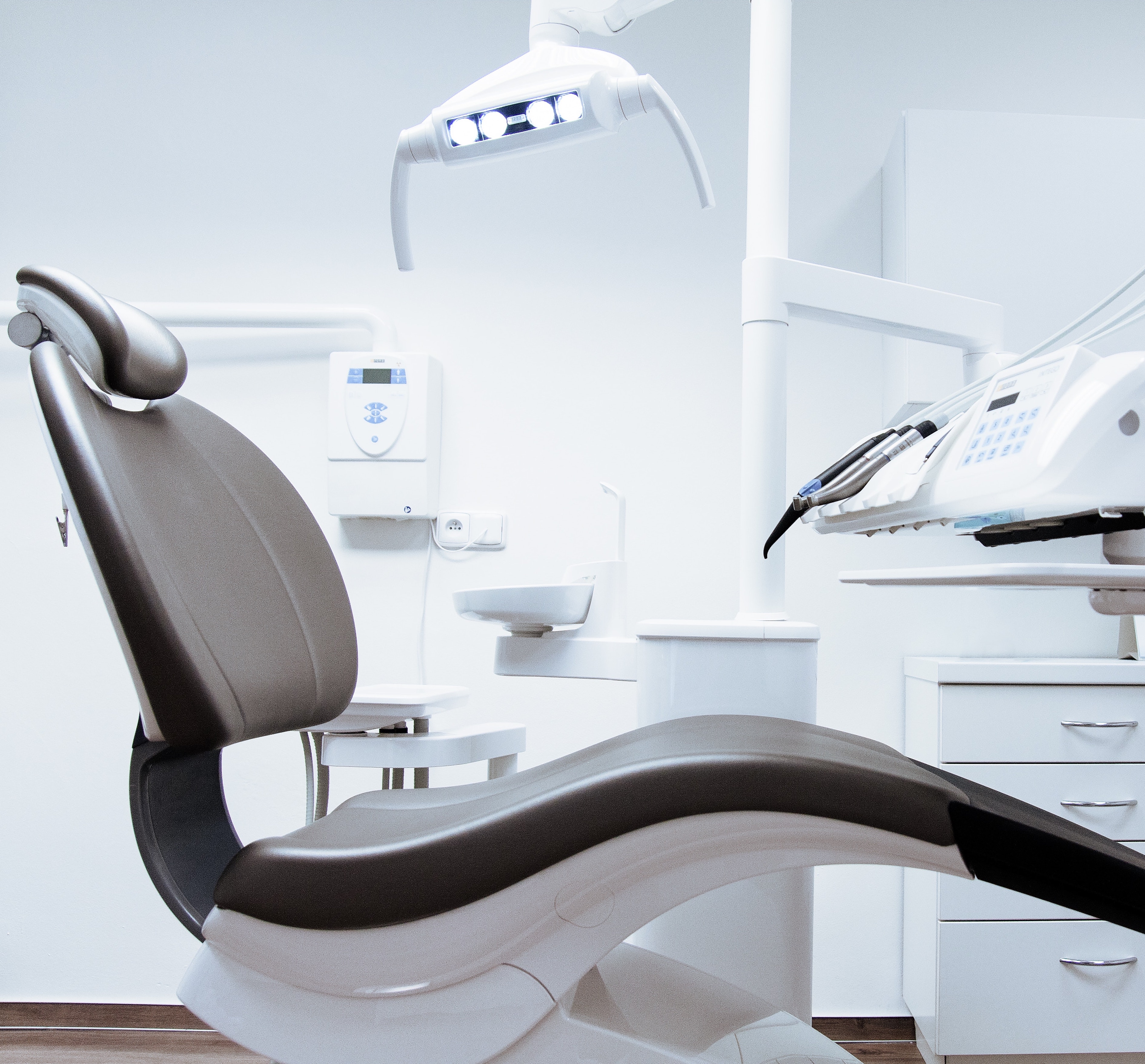
Massachusetts Health Quality Partners, a non-profit organization of providers, health plans and consumers working to improve the quality of patient care in the state, is calling for development of a patient experience survey in oral health care. In a November press release, MHQP notes:
Rigorous surveys to measure patients’ experiences of health care are common practice in general medical care to improve patient centered care. However, such questionnaires are not consistently used to capture the patient’s experience of oral health care.
To provide background, highlight challenges and propose next steps, leaders from MHQP joined with the dean of the Tufts School of Dental Medicine and an associate professor at the Minnesota School of Dentistry to write “The Need to Measure Patient Experience of Oral Health Care: A Call to Action,” accepted for publication in The Journal of Evidence-Based Dental Practice and currently available online (open-access).
The challenges they describe show that developing a patient experience survey for dentistry would be a major undertaking, beginning at square one and requiring collaboration and technical effort across dental industry groups. If successful, it would provide dental professionals with crucial feedback about the care they provide and meaningful engagement with patients and consumers, as well as useful information for patients choosing providers.
The authors emphasize the difference between surveys that measure patient satisfaction versus patient experience. Satisfaction surveys focus on how a patient feels about the clinical experience, while experience surveys gather information about the details of what transpired from the patient’s unique point of view:
Patient experience measurement focuses on the aspects of care that patients tell us matter most to them and what actually happens when they receive care. Therefore, patient experience surveys are designed to ask questions about aspects of care where the patient is the best (and sometimes only) source of information.
While both surveys are informative, reliable information about the patient’s experience is likely more useful for informing quality improvement efforts and consumer decision-making. Domains of patient experience, as identified in the widely used Consumer Assessment of Healthcare Providers and Systems (CAHPS) surveys of medicine — communication, access, care coordination, and more — directly apply to dentistry, too, with profound effects on patient engagement as well as quality.
A standard dental practice is similar to primary care in that it provides general preventive care and referrals to specialists and also in that the model of practice has been shifting from solo practititioners to group practice, especially among younger dentists. According to the American Dental Association, “About 2 in 3 dentists were in solo practice in 1999. That proportion decreased to 1 in 2 in 2019; among dentists under 35, 1 in 4 was in solo practice that year.” Increased competition, changing consumer expectations and other changes that come with the shift from solo to group practice may help drive the move toward applying measures of patient experience to improvement efforts in dentistry.




